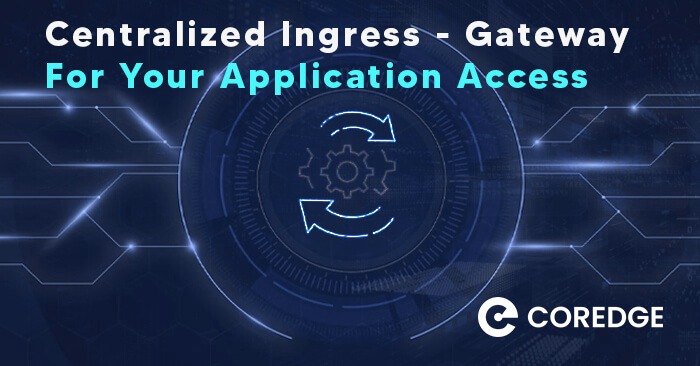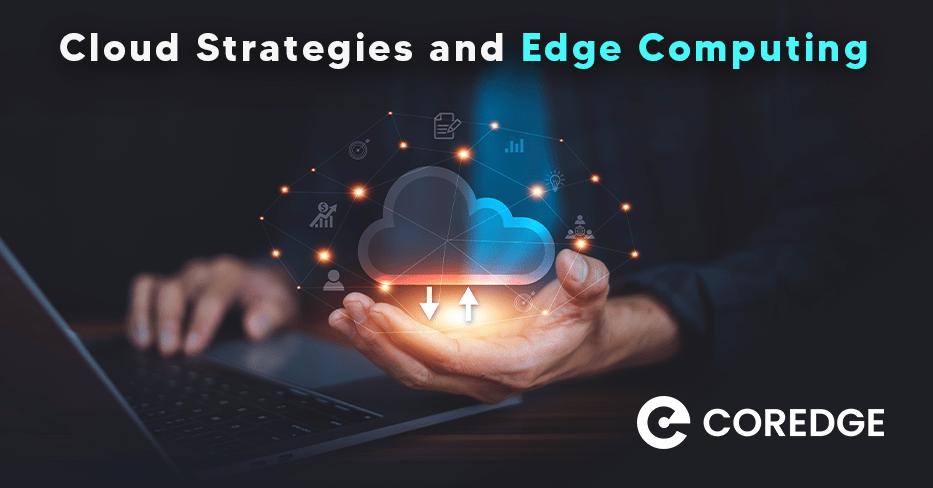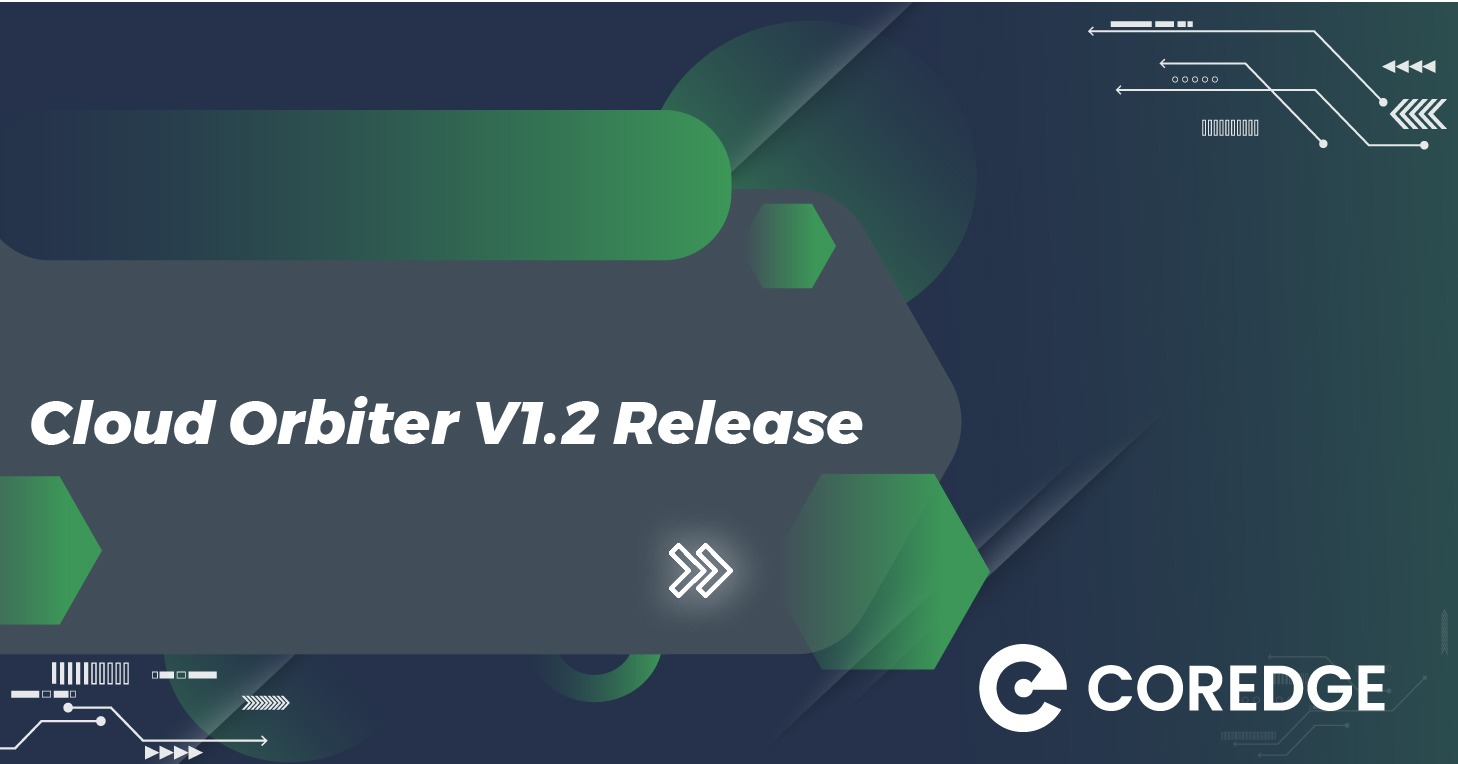Centralized Ingress - Gateway For Your Application Access
Coredge Marketing
May 02, 2023

Cloud security is just as crucial as on-premises security, if not more so. Setting up suitable checkpoints and granting DevOps teams the freedom they require to complete their task effectively must strike a difficult balance.
The provisioning of a new service can be a time-consuming procedure in the conventional on-premises environment. Seldom would a DevOps team also be the team responsible for infrastructure deployment or firewall rule creation. Yet immense power also entails great responsibility. To guarantee that you can move quickly and securely, it is crucial to install guard rails. That is a fine balance, though. Security regulations that are too tight might hinder development and impede innovation. Centralizing ingress is a great method to ensure networking and security teams can implement the necessary controls while also clearly defining the duties of DevOps teams installing their K8s clusters.
The load balancer module provides an additional option for ingress traffic, but for a number of reasons, it only functions out of the box on the biggest public clouds. Networking in Kubernetes is one of the greatest examples of a circumstance where employing a distributed or managed service makes a lot of sense since making all the components work together flawlessly involves engineering and science. Every required component is present in the Kubernetes ecosystem. But the magic happens during delivery.
Challenges enterprises face
Enterprises still have a wide range of challenges even with a Load Balancer, NodePort, and Ingress in place. Service is the company’s main priority in all areas. The service consists of pods and an access policy. But it becomes more challenging when you bring up health tests and all the background checks. Accessing a service from a cluster requires various setups and mappings when utilizing multiple clusters.
A service is given an IP address by Kubernetes when it is created, and this IP address can only be accessed from within the cluster. Other containers inside the cluster are able to start communicating with the service through its IP address, regardless of how many pods are active or which exact nodes they are on. What happens if the user is not a member of the cluster but needs the service? Internal connection is the focus of the majority of the services.
Choosing which methodology to use is a challenge when there are several possibilities to consider, each having a unique approach. The improper method among many kinds in a cluster does lead to a rise in complexity, and complexity always makes continuing management more challenging.
How Coredge can help
Coredge is a revolutionary cloud and edge platform to address the orchestration and management requirements driven by new-age applications and use cases that require low latency and hyper-automated delivery.
Enterprises may access various services of any kind with the Cloud Orbiter Centralized Ingress feature without doing any additional settings. Enterprises may access any of their applications running across different clusters using Cloud Orbiter Manager without having to manually set up service NodePorts or Load Balancers or develop an Ingress file. Enterprises may centrally access many services to several clusters hosted in multi-cloud regions or edge locations using Cloud Orbiter and Centralized Ingress provided.
Minding the Air Gap!
Air gap between a computer and other networks is referred to as “Air Gapping.” The computer isn’t directly connected to the network because of the air gap; as a result, it cannot be attacked via the network. As there is no other means to access the Air-Gapped network, the hacker must “cross the air gap” by physically sitting in front of the computer in order to compromise the Air Gap computer security. A computer system that is air-gapped is only physically linked to air-gapped networks and has no further connections to networks, unsecured systems, or other computers. For instance, you can easily set up an offline computer that is not connected to the internet if you want to work on sensitive business documents or financial records without running the danger of viruses, ransomware, or keyloggers (any attacks done over internet networks).
The redundancy principle is still one of the best things to keep in mind when choosing your backup strategy, though. You can dramatically lower hazards to your business operations from data loss or downtime by keeping in mind to airgap a backup and utilizing the scale offered by the cloud.
Benefits of Centralized Ingress
- Saves time
- Saves cost
- Cloud-based and Edge-based deployment
- Accessibility and visibility
- Maintenance and monitoring
- Secure
With the help of centralized ingress, you may deploy your apps on several clusters at various cloud or edge locations and access the services from numerous clusters at various scattered geolocations. With Ingress, you require either a domain name or a public IP address to access your services at the edge location, but with Centralized Ingress, you don’t need either of those things. Check out our Solution Brief for In-depth knowledge of Centralized Ingress.





